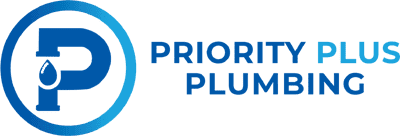General Plumbing Services You Can Trust!
Are you facing a mysterious leak, battling a persistent clog, or simply aiming to keep your plumbing system in top-notch condition? Our guide to general plumbing encompasses the essentials you need to stay ahead of maintenance, address common issues effectively, and choose the right professional services for more complex problems. Uncover practical tips, clear insights, and expert advice to navigate through the complexities of household plumbing with confidence.
Key Takeaways
- Regular plumbing maintenance and inspections can prevent costly repairs, detect issues early, and extend the system’s lifespan while maintaining water quality and energy efficiency.
- Common plumbing issues like leaks, blockages, and burst pipes can be addressed through basic DIY methods or by hiring a professional plumber who can offer more intricate solutions and preventive advice.
- Choosing the right professional plumber involves considering their local service area, experience, licensing, customer reviews, and the ability to respond to emergency needs effectively.
Understanding General Plumbing Maintenance
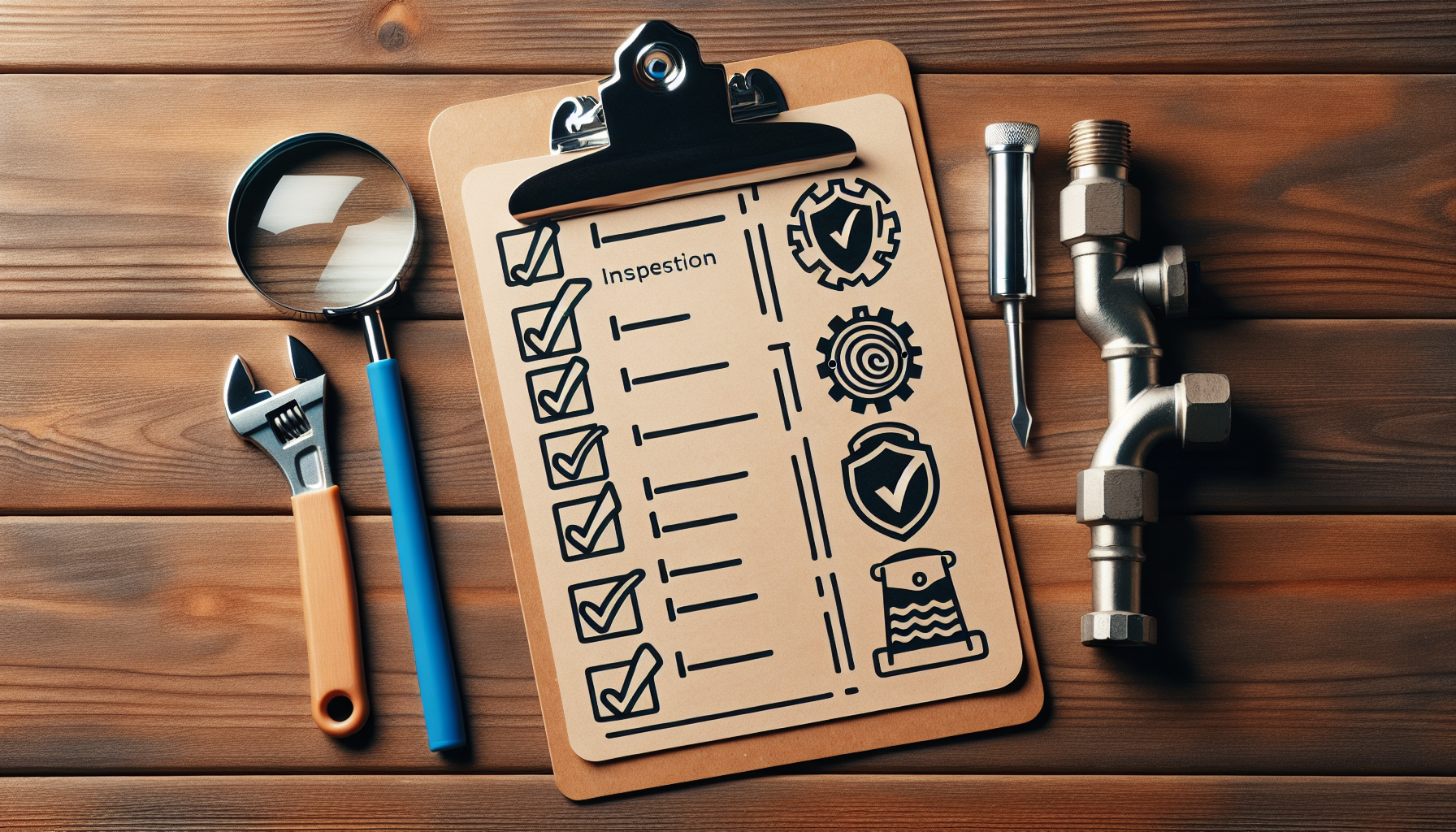
The preventative nature of regular plumbing maintenance can ward off costly repairs, detect minor issues before they escalate, extend the plumbing system’s lifespan, maintain optimal functionality, and uphold consistent water supply and adequate drainage. Essential components that require regular maintenance in a household plumbing system include drains, waste pipes, and the drain-waste-vent (DWV) system. Ensuring the correct function of these elements and warding off potential issues is critical to addressing your plumbing needs.
Regular inspections can help prevent a range of problems, including:
- Concealed plumbing defects
- Water damage
- Mould
- Structural damage
- Drain blockages.
- Corrosion
- Floods
- Pipe leaks.
- Sewage backups
Regular inspections preserve the overall integrity of the plumbing system and avoid plumbing emergencies. Now, let’s delve deeper into the role of regular inspections and the maintenance of hot water systems in the subsections below.
The Role of Regular Inspections
The numerous advantages of regular plumbing inspections include:
- Extended plumbing system lifespan
- Early problem identification
- Avoidance of costly repairs
- Improved water flow and pressure
- Sustained water and indoor air quality
- Enhanced energy efficiency
Regular inspections in plumbing are instrumental in detecting issues early and preventing expensive repairs. By identifying hidden leaks and other minor plumbing issues, assessments contribute to preventing the development of mould and poor air quality.
A certified plumber thoroughly evaluates the property’s plumbing system, fixtures, and fittings through a systematic assessment in a standard plumbing inspection. This is one of the general plumbing services offered by professionals. But what about hot water systems? Let’s explore that next.
Maintaining Hot Water Systems
Maintenance of hot water systems is vital to enhance their efficiency, extend their lifespan, and mitigate potential issues like leaking pipes. Indications that your hot water system requires maintenance comprise of:
- Temperature irregularities
- Hot water tank leakage
- Insufficient hot water
- Unusual system noises
- Discolored or rusty water
- Increased energy bills
If you notice any of these signs, it is advisable to seek the expertise of qualified plumbers to evaluate and resolve any maintenance needs.
If observing any indications such as temperature irregularities, leaks, unusual sounds, water rust, or increased energy expenses, it is advisable to seek a professional plumber’s expertise to evaluate and resolve any maintenance needs, including fixing leaking taps. However, what do you do when common plumbing issues arise? Let’s find out in the next section.
Common Plumbing Issues and How to Address Them
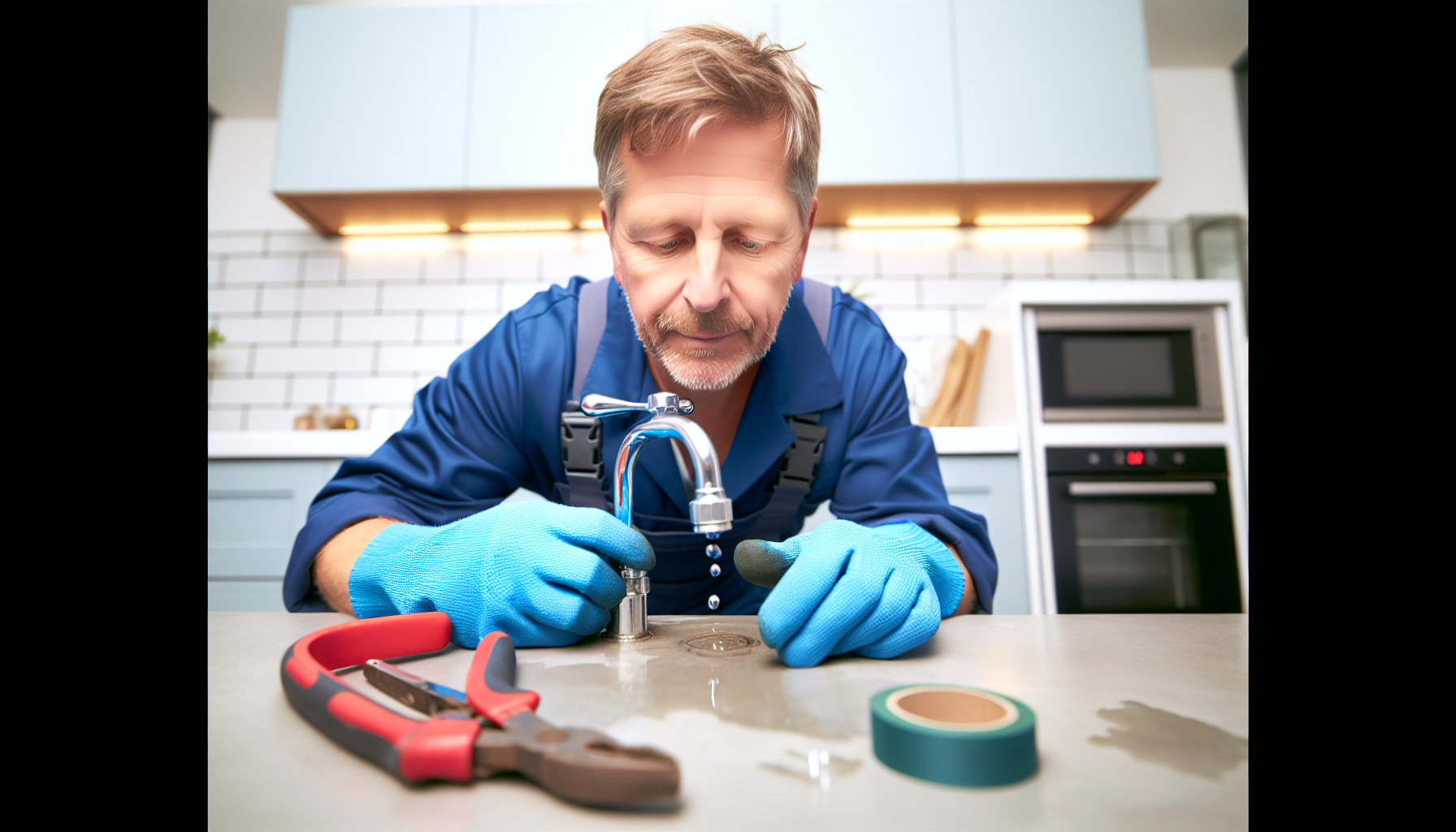
Homeowners can begin by identifying the plumbing problem, such as a persistent drip when the tap is closed, which could suggest a worn-out washer. They can then try to repair the leak using essential tools and following a guide. However, for more intricate repairs, it is advisable to enlist the services of a professional plumber.
Typical factors that contribute to blocked drains in residential properties include:
- Intrusion of tree roots into the pipes
- Inappropriate items cause clogs in the drain or toilet.
- Poor installation work
- Various environmental conditions
A professional plumbing service can help address plumbing emergency issues and prevent future blockages.
Recommended methods for unblocking drains without causing harm include using acidic cleaners, employing plungers, creating homemade drain cleaners, using wire brushes, and applying hot water mixed with dish soap. To temporarily address a leak until professional assistance is available, one can utilise interim solutions such as duct tape, pipe clamps, epoxy, rubber connectors, pipe wraps, or repair sleeves to contain the leak temporarily.
Let’s delve into common and some other plumbing issues and how to address them.
Leaky Taps and Pipes
The typical factors contributing to the occurrence of leaks in taps and pipes encompass deterioration of piping, unruly water pressure, blocked drains, poor workmanship, broken seals, tree roots, rapid temperature changes, excessive water pressure, worn tap washer, friction caused by constant movements, and general problems with the pipes. Indications of leaky taps and pipes include continuous dripping, reduced water pressure, wet spots around fixtures, an unexpectedly increased water bill, and strange noises from the plumbing system.
A single leaky tap or leaking pipe can waste up to 20,000 litres of water annually, leading to significant water wastage and higher utility expenses. To address a leaky pipe independently, one can utilise epoxy putty by applying it over the leak area after kneading it. Alternatively, use self-fusing silicone tape and securely wrap it around the pipe to establish a waterproof seal.
Blocked Drains
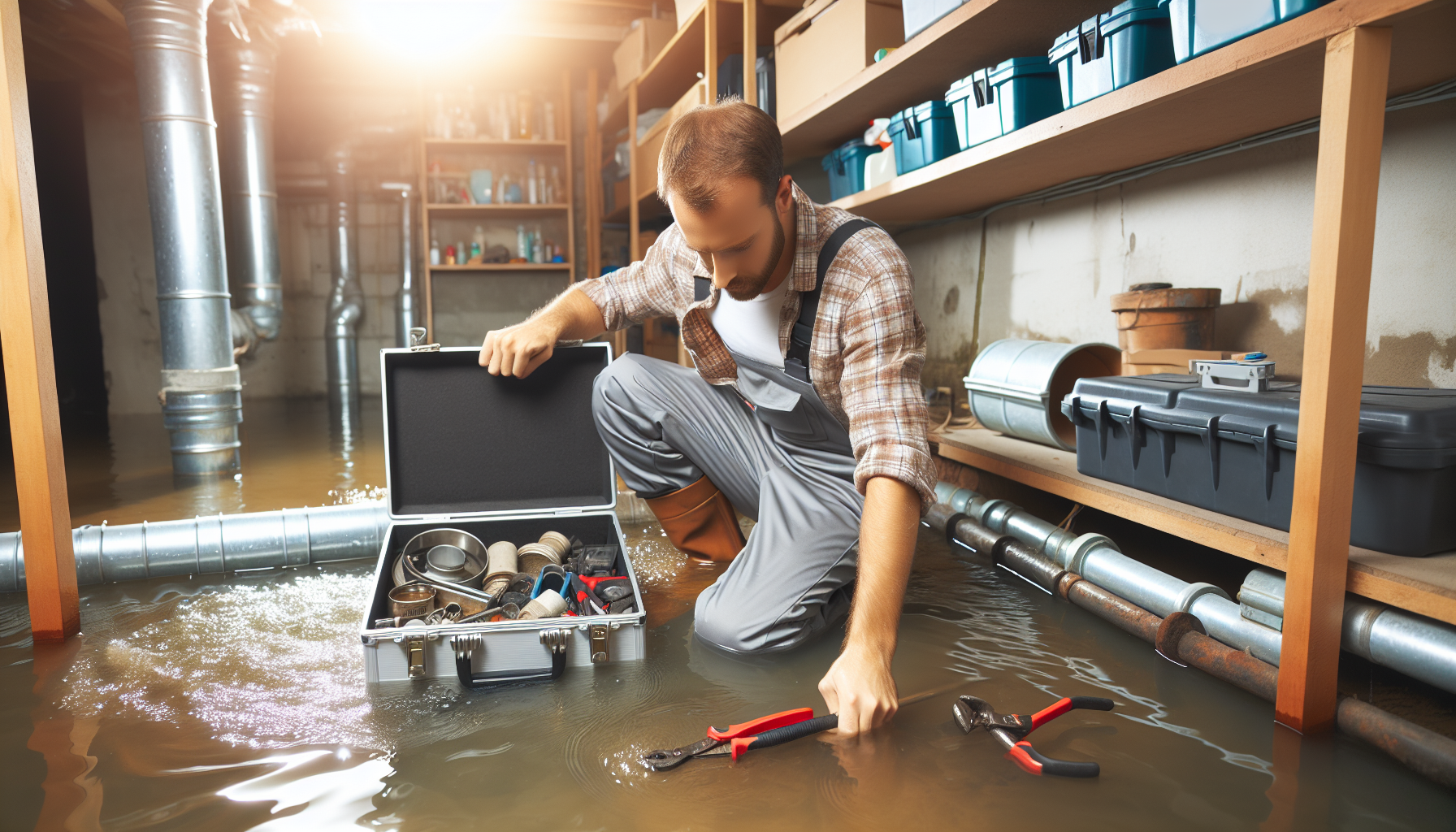
Blocked drains can be caused by various factors, including:
- Accumulation of hair, soap, grease, food particles, plants, dirt, and toiletries
- External factors like heavy rain and storms
- Issues such as broken pipes, poor water flow, improper pipe installation, or foreign objects and debris
To prevent drain blockages, here are some tips:
- Refrain from disposing of grease, oil, or food scraps down the drain.
- Employ guards to capture debris and protect the drains.
- Utilise natural cleaners such as baking soda and vinegar for regular drain maintenance.
- Conduct periodic inspections to detect any signs of leaks or damage.
- Perform hot water flushes to help dissolve any grease or build-up in the drains.
Following these tips can help prevent drain blockages and keep your drains in good condition.
Burst Pipes
Common causes of burst pipes in residential properties encompass weak pipes, high water pressure, blockages, tree roots, freezing temperatures, poor installation, and corrosion. The process for repairing a burst pipe includes turning off the water supply to the pipe to prevent further damage, locating the crack in the pipe, determining the placement of a new fitting, and draining the pipes.
Burst pipes have the potential to result in significant damage to a property, including water damage to flooring and furniture, structural damage such as cracks in walls, and increased water bills. Now that we’ve covered common plumbing issues, how do we choose the right professional plumber? The next section provides some insight.
Choosing the Right Professional Plumber
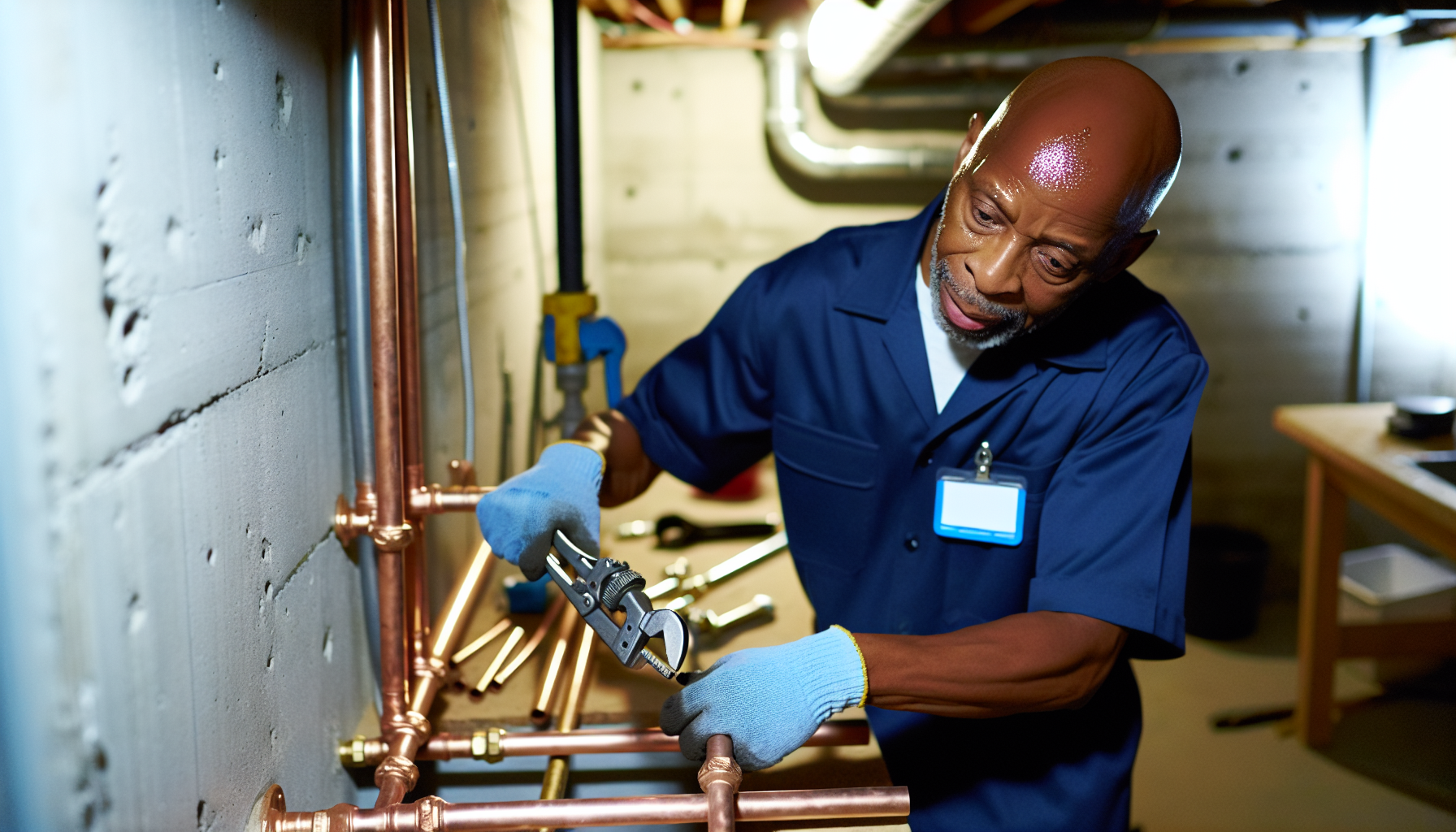
When seeking high-quality service, the plumber’s service area is significant. Local plumbers are recognised for their personalised approach and ability to forge long-term client relationships, distinguishing them from larger, impersonal corporations.
A professional plumber’s experience is significant, demonstrating their real capabilities and practical expertise essential for proficiently managing a diverse range of plumbing tasks, especially complex ones. This enables them to resolve problems efficiently and promptly, owing to their extensive training and years of experience.
Service Areas and Availability
The average response time for professional plumbers may vary, but some try to respond within 60 minutes.
In the event of the unavailability of plumbers in your area, it is advisable to reach out to other local plumbing businesses to seek assistance. Furthermore, you may consider drafting a formal complaint letter to the company and exploring alternative avenues to address the issue. It is essential to inquire about a plumber’s licensing, bonding, insurance, area of specialty, written estimates, warranty or guarantee, availability for emergency services, typical fees, references, credentials, plumbing specialty, and years of experience.
Licensing and Experience
The licensing criteria for a professional plumber vary depending on the location.
- New South Wales, Australia, requires a license or certificate for plumbing, draining, and gas fitting work.
Ideally, a professional plumber should have:
- Completed an apprenticeship of about three to four years.
- Possessed a Certificate III in plumbing following their apprenticeship.
- Been registered and supervised by a licensed plumber.
The expertise of an experienced plumber elevates the skill levels applied to plumbing tasks, resulting in accurate and efficient completion of the job. Furthermore, their experience fosters punctuality, effective communication, and professionalism, which are pivotal in elevating customer satisfaction.
Customer Reviews and Recommendations
Customer recommendations are crucial in selecting a plumber as they offer valuable insights into its trustworthiness, skill, and reliability. Reviews serve as a vital tool for the sustained success of a plumbing business. Several reputable sources for locating dependable customer reviews for plumbers include:
- Online directories like Best Plumbers
- Personal review sites include Yelp, Google Reviews, and Home Advisor.
When evaluating a plumber’s service quality through customer reviews, it is essential to consider factors such as online presence, customer satisfaction, clear communication, dependable service, fair pricing, and positive feedback from previous customers. Typical positive signs in customer reviews for plumber services include being highly responsive, arriving punctually, having comprehensive knowledge, avoiding unnecessary jargon, delivering prompt and dependable service, and showing a solid dedication to customer service.
Preventive Measures for Common Plumbing Problems
Regular water meter checks can aid in preventing plumbing problems by enabling the early detection of leaks and facilitating prompt action to address them before they escalate. By monitoring water usage and identifying unusual increases, homeowners can detect potential leaks or other issues, saving water bills and preventing extensive damages.
Recommended methods for ensuring adequate drainage in a residential property include:
- Filtering water through plants or soil
- Addressing dampness issues such as mildew and Mould
- Installing drain guards
- Regularly clearing drains with hot water.
- Keeping gutters clean
- Avoiding planting trees near sewer lines
These measures contribute to smooth water flow through drains, reducing the risk of clogs, bursts, and sewer backups.
Let’s delve deeper into the preventive measures in the following subsections.
Water Meter Monitoring
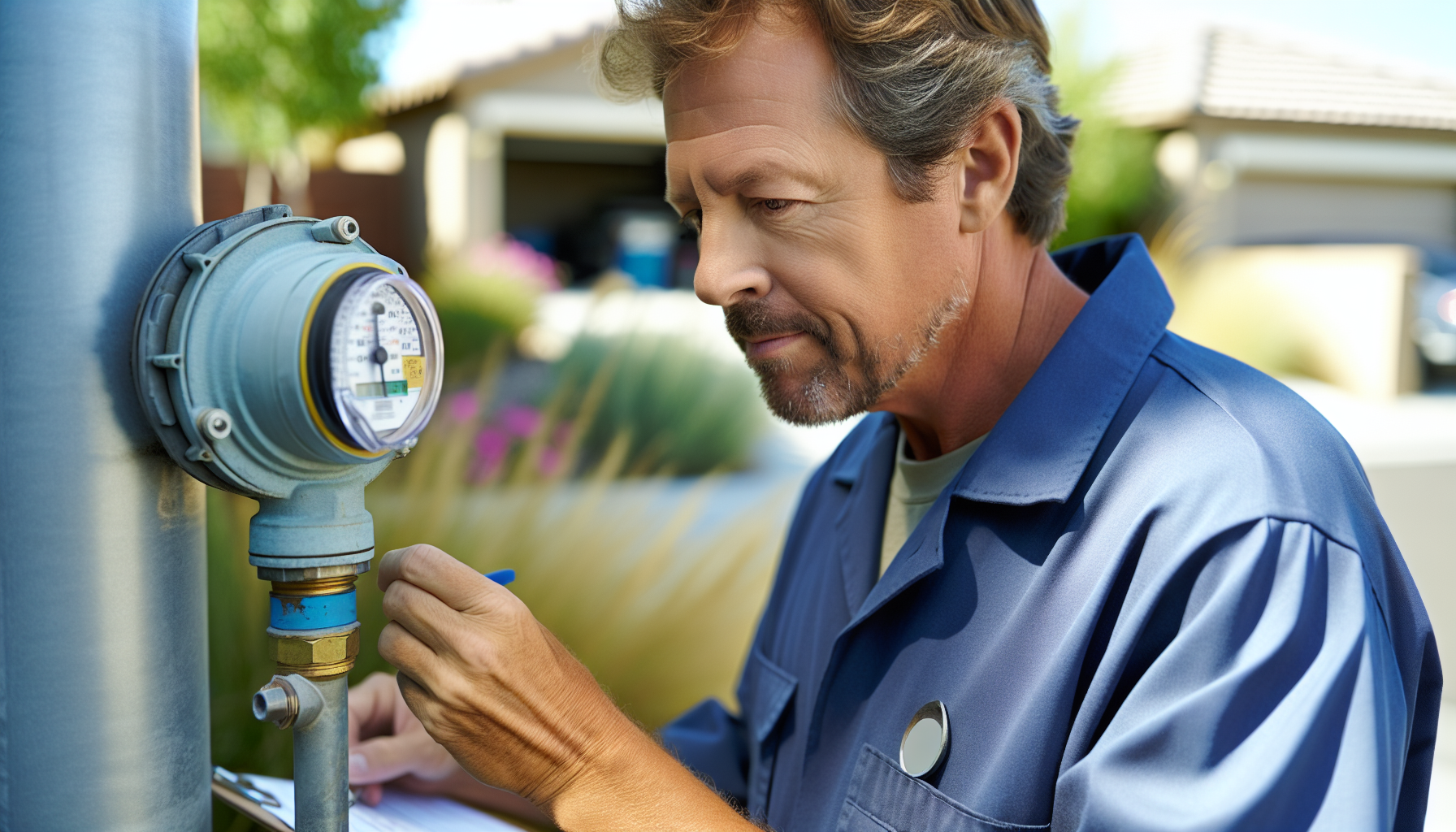
In plumbing maintenance, water meter monitoring is vital as it aids in detecting hidden water leaks, identifying abnormal water usage patterns, and detecting plumbing issues early. This enables prompt repairs, water conservation, and cost savings. To properly read a water meter, one should locate the display on the meter that indicates the water usage in kiloliters (kL). It is important to note that one kL is equivalent to 1,000 liters or one cubic meter.
Monitoring water usage with a water meter can be accomplished by:
- Recording readings with a water monitoring test card or a weekly water use table.
- Periodically checking the water meter, either monthly or quarterly, to gain insights into water consumption and identify potential leaks.
- Inspecting the water meter every three months to ensure accurate billing.
- Alternatively, monthly checks are recommended for those who wish to monitor their water consumption.
Proper Drainage Maintenance
Preserving a home drainage system and preventing blockages can be achieved through the following practices:
- Installing drain guards
- Regularly clearing drains with hot water.
- It is being mindful of what is disposed of down the drain.
- Frequent drain cleaning
- Using drain guards
- If safe and feasible, maintain awareness and attempt to unblock drains using DIY methods.
To effectively maintain bathroom and kitchen drains, it is recommended to use at least one tablespoon of table salt followed by hot water once a month to clean and dissolve any buildup. Regular flushing with hot water can help prevent clogs, and using a mesh drain strainer can stop debris from causing blockages. Typical indicators that your drainage system needs maintenance include gurgling sounds, slow-draining water, and unexplained odours. These signs may indicate potential blockages that require attention.
Regular Hot Water System Checks
During routine hot water system maintenance, it’s imperative to inspect the following components:
- Storage tank
- Heating elements
- Thermostat
- Sacrificial anode
- Temperature and pressure relief valve
These inspections should be conducted annually to uphold safety and extend the system’s lifespan. Additionally, a comprehensive service by a licensed professional is advised every five years.
Routine inspections of a residential hot water system should encompass various measures, such as:
- Inspecting for any leaks
- Examining the pressure relief valve
- Testing temperature and pressure
- Draining the tank
- Inspecting the anode rod
- Verifying thermostat settings
- Inspecting the burner assembly
- Checking venting systems
- Inspecting electrical connections
- Evaluating insulation
- Observing the area surrounding the water heater for signs of water damage or leaks
These inspections can help prevent malfunctions and prolong the lifespan of the hot water system.
Bathroom and Kitchen Plumbing Tips
Various options should be considered when choosing plumbing fixtures for bathrooms and kitchens, including high-end brands for bathroom faucets and durable materials such as brass for fixtures and fittings. Key considerations that should be considered when choosing plumbing fixtures for a bathroom or kitchen include defining renovation goals and creating a detailed plan.
When selecting appliances for bathroom and kitchen plumbing, it is important to prioritise quality, comfort, and a design that complements the surrounding decor. It is advisable to opt for high-quality sanitary ware and toilets that offer durability and ease and to choose kitchen fixtures that align with the overall style.
In the following subsections, let’s delve deeper into bathroom and kitchen plumbing tips.
Fixtures and Appliances
During a bathroom renovation, consulting a plumber for guidance is crucial. They can provide expertise on:
- Compliance with plumbing regulations
- Adequate ventilation
- Avoidance of positioning wet areas against interior walls
- Accurate bathroom space measurement
- Evaluation of the need for a drain size upgrade, if necessary
Advanced features in contemporary plumbing fixtures and appliances include:
- Water-saving smart toilets with automatic open, flush, or cleanse functions
- Touchless fixtures
- Tankless water heaters
- Low-flush toilets
- Bidets
- Seamless integration with home automation systems for remote control and monitoring.
Water-Saving Techniques
Low-flow fixtures contribute to water conservation by minimising water wastage and lowering water usage, easing the strain on water resources and reducing utility expenses. Several low-flow fixtures are available in the market, including eco-friendly outdoor fixtures, dual-flush toilets, and low-flow faucets.
The recommended steps for installing low-flow fixtures in home plumbing are as follows:
- Install new plumbing fixtures and double-check all connections before turning on the water supply.
- Turn off the valve located under the sink or toilet before installation.
- Consider flushing the plumbing system to remove mineral buildup, clogged pipes, and debris contributing to low water flow.
Renovation Planning
During a bathroom renovation, consulting a plumber for guidance is crucial. They can provide expertise on:
- Compliance with plumbing regulations
- Adequate ventilation
- Avoidance of positioning wet areas against interior walls
- Accurate bathroom space measurement
- Evaluation of the need for a drain size upgrade, if necessary
To ensure a seamless integration of new plumbing designs during a renovation, it is important to incorporate existing plumbing by upgrading pipes, fixtures, and appliances to enhance water flow and minimise issues. Additionally, the layout should be carefully planned to allow for a cohesive look and operation in the new kitchen or bathroom design.
Summary
In conclusion, general plumbing maintenance is an essential aspect of homeownership that cannot be overlooked. With regular inspections, proper maintenance of hot water systems, addressing common plumbing issues, choosing the right professional plumber, and implementing preventive measures, you can effectively ensure the longevity of your plumbing system, save water and money, and prevent potential issues. Remember, when it comes to plumbing, prevention is always better than cure!
Frequently Asked Questions
What does plumbing work include?
Plumbing work encompasses installing, repairing, and maintaining water distribution and sewage disposal systems in buildings. It also includes gas fitting, mechanical services, and ensuring compliance with local regulations.
What is the purpose of plumbing?
The purpose of plumbing is to distribute and use potable water and remove waterborne wastes in buildings. Plumbing also involves the collection of rainwater and can be utilised for heating, cooling, and waste removal.
Why do we need plumbing?
We need plumbing because it provides clean and accessible water for health, hygiene, and well-being. It’s an essential component of water sustainability.
What is maintenance in plumbing?
Maintenance in plumbing refers to the regular service, inspection, and testing of plumbing systems, including repairs and preventative measures to avoid future issues. It would be best to consider scheduling maintenance for your plumbing system to ensure it runs smoothly.
How do you maintain plumbing pipes?
To maintain plumbing pipes, regularly clean drains and control water pressure. Consider using a water softener, keeping track of leaks, and replacing corroded pipes when necessary. These good maintenance habits will help keep your pipes safe and clean for longer.
